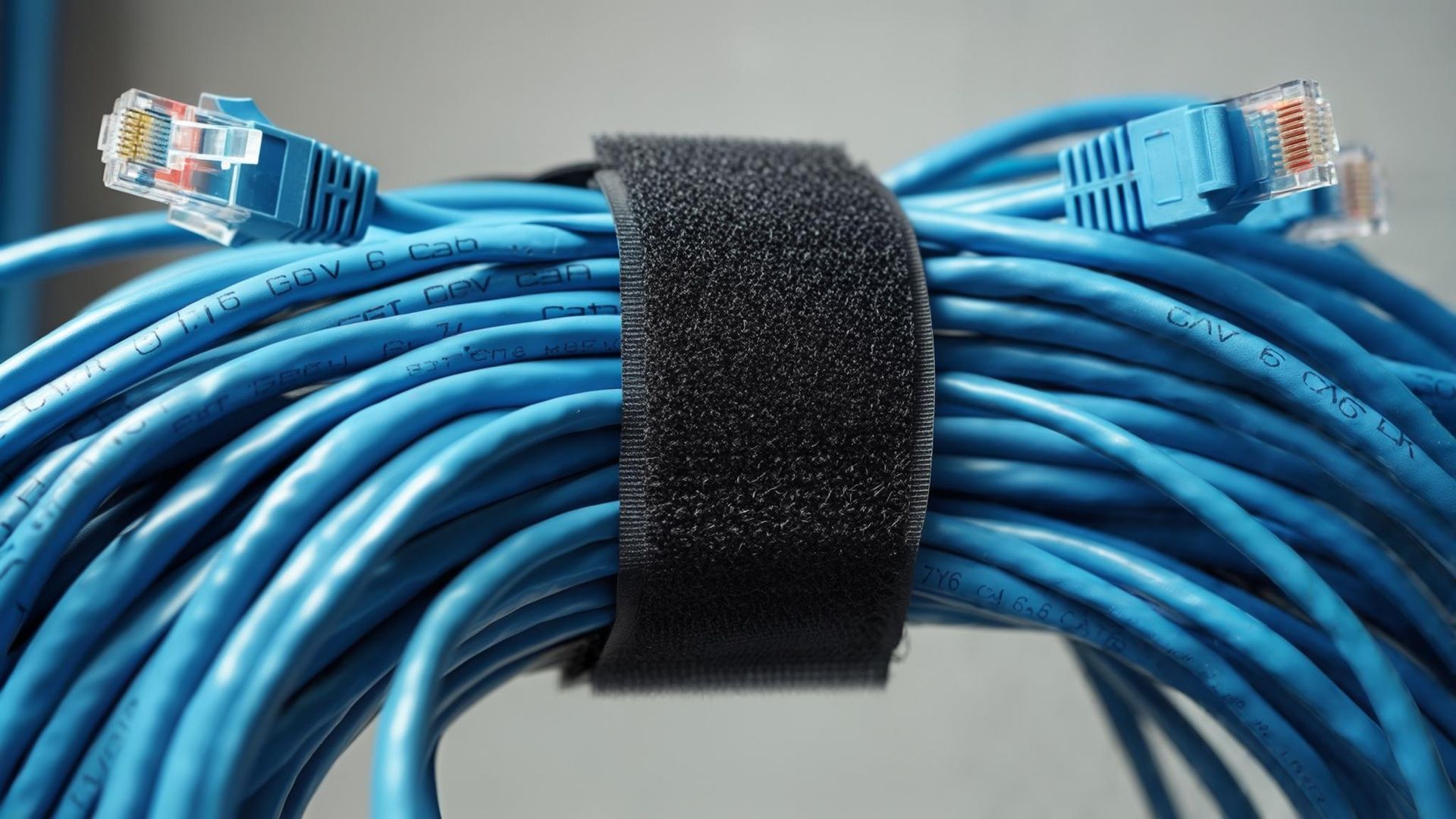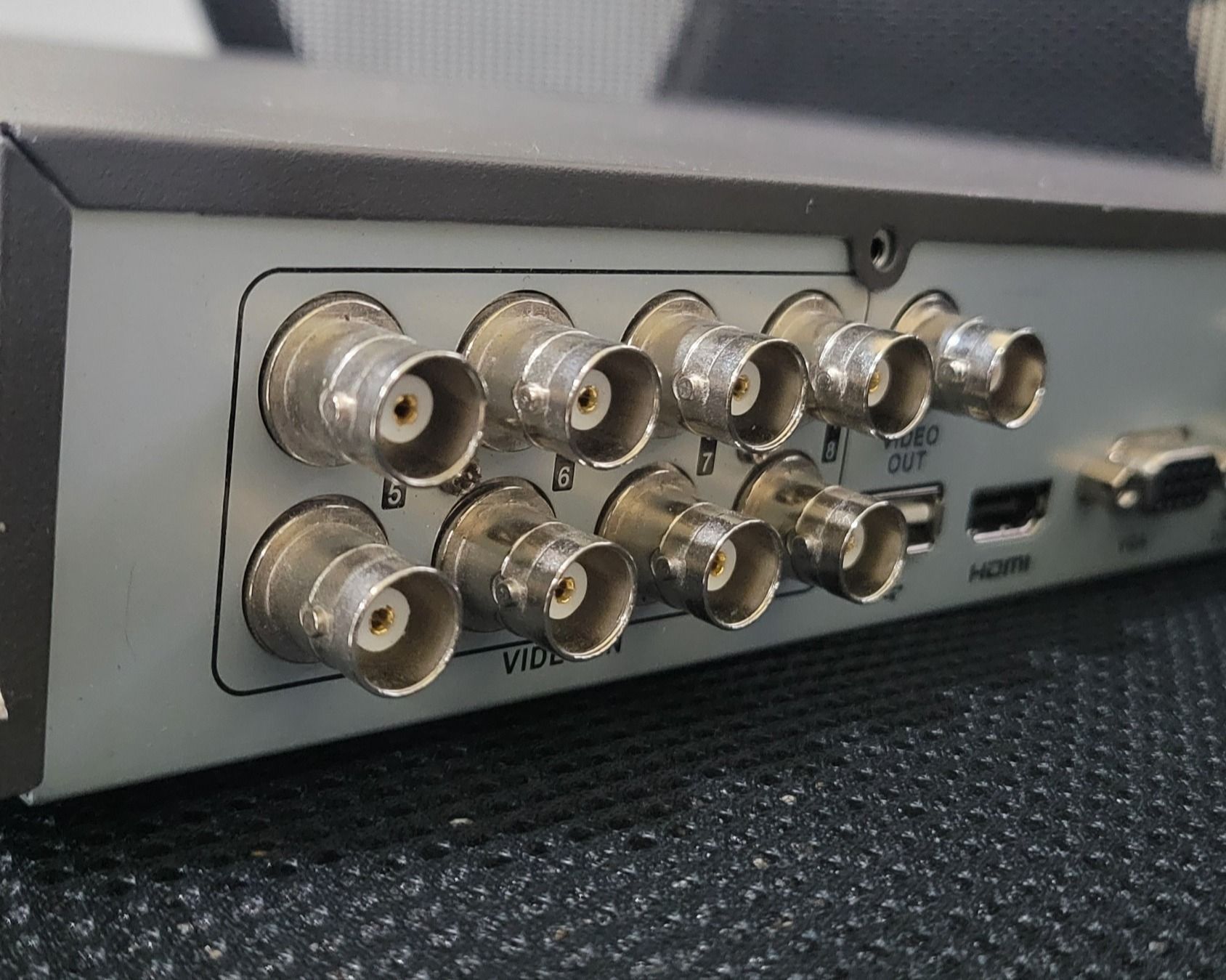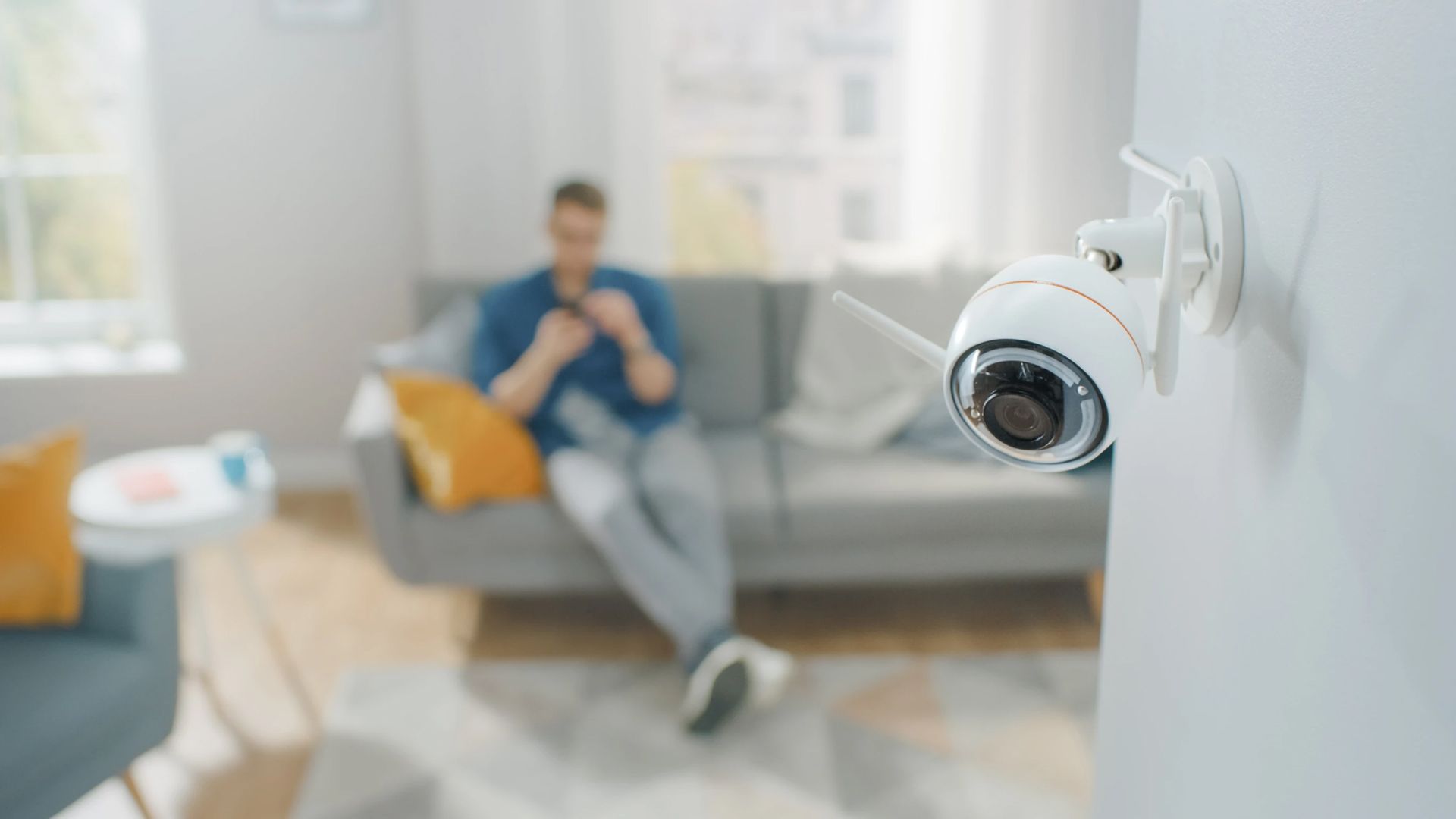Why You Shouldn’t Use Zip Ties on Communication Cables
When it comes to structured cabling, security systems, or CCTV installations, the quality of your cable management can make or break system performance. Many installers or DIY enthusiasts think zip ties (plastic cable ties) are a quick, cheap solution to bundle cables. But in reality, zip ties can damage communication cables and create costly long-term problems.
At HB Tech Solutions Inc., we always follow industry best practices to ensure your network is reliable and future-proof. Here’s why zip ties should never be used on communication cabling:
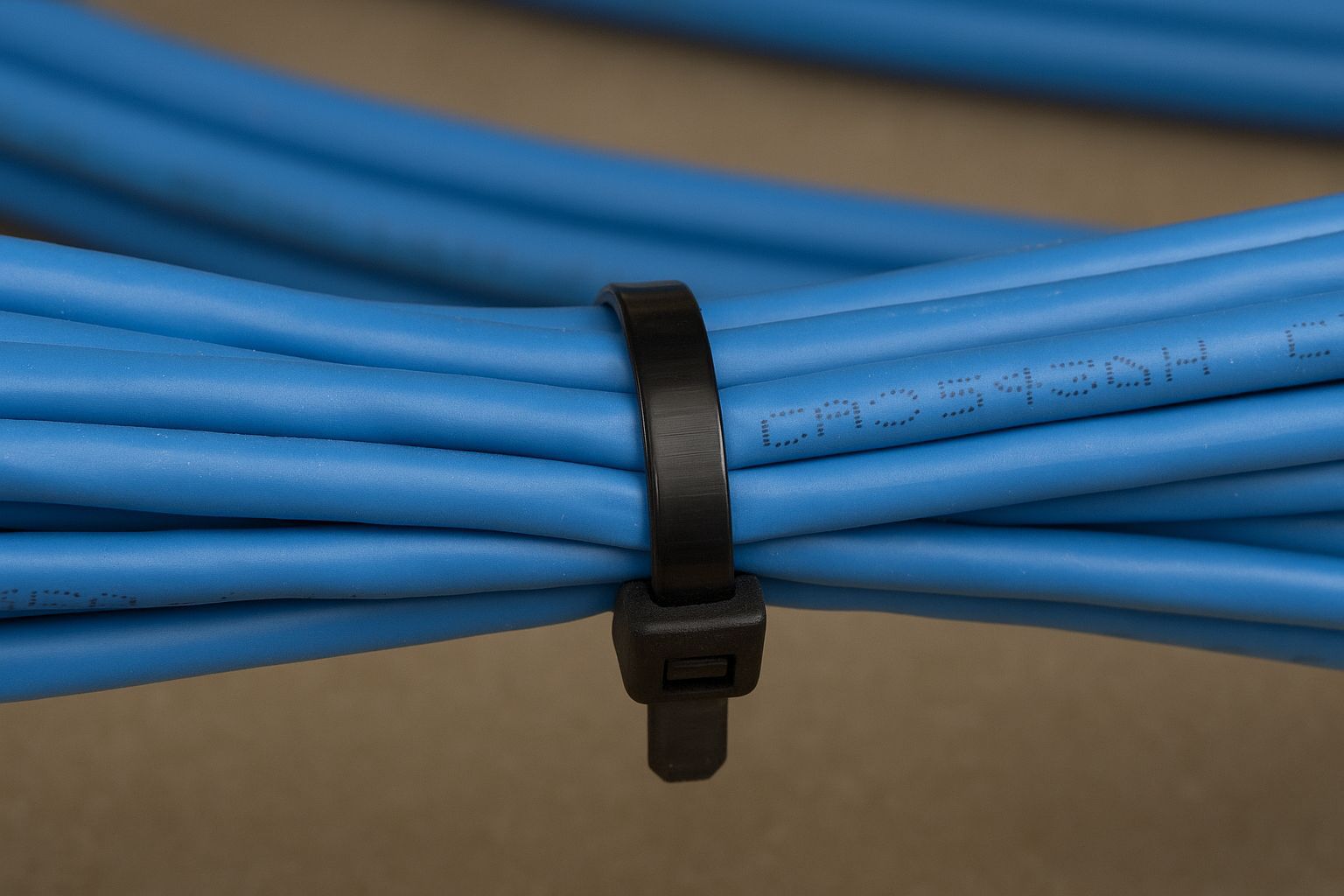
1. Cable Performance Degradation
Zip ties, especially when tightened too much, can pinch or crush cable jackets. This alters the cable geometry (known as the “twist rate”), which is critical for data transmission in Cat5e, Cat6, or fiber optics. Even small distortions can cause signal loss, crosstalk, or reduced bandwidth.
2. Risk of Cable Damage Over Time
Plastic ties harden and shrink over time. In hot or cold environments, they can dig into cable jackets, eventually cutting through the insulation. This not only causes performance issues but also increases the risk of shorts, electrical faults, or even fire hazards.
3. Non-Compliance with Industry Standards
Standards such as BICSI, TIA/EIA, and the Ontario Electrical Safety Code (OESC) recommend using Velcro hook-and-loop fasteners or proper cable management hardware (trays, J-hooks, racks). Using zip ties can make your installation non-compliant, which could lead to failed inspections.
4. Difficult Maintenance & Upgrades
When service technicians need to add or remove a cable, zip ties must be cut off. This risks accidentally slicing into the cable sheath, causing further damage. Velcro straps, on the other hand, are reusable and easy to adjust—making system maintenance cleaner and safer.
5. Professional Appearance Matters
A neat and compliant cable installation isn’t just about performance—it also gives clients confidence in the quality of the work. Bundles strapped with zip ties often look messy or uneven over time, while Velcro and cable trays keep installations professional, organized, and future-ready.
✅ Best Practice: Use Velcro & Proper Cable Support
Instead of zip ties, professional installers use:
- Velcro hook-and-loop straps for bundling
- J-hooks, D-rings, and ladder racks for routing
- Cable trays and pathways that reduce strain and protect cables
These methods maintain performance, reduce wear, and comply with industry codes.
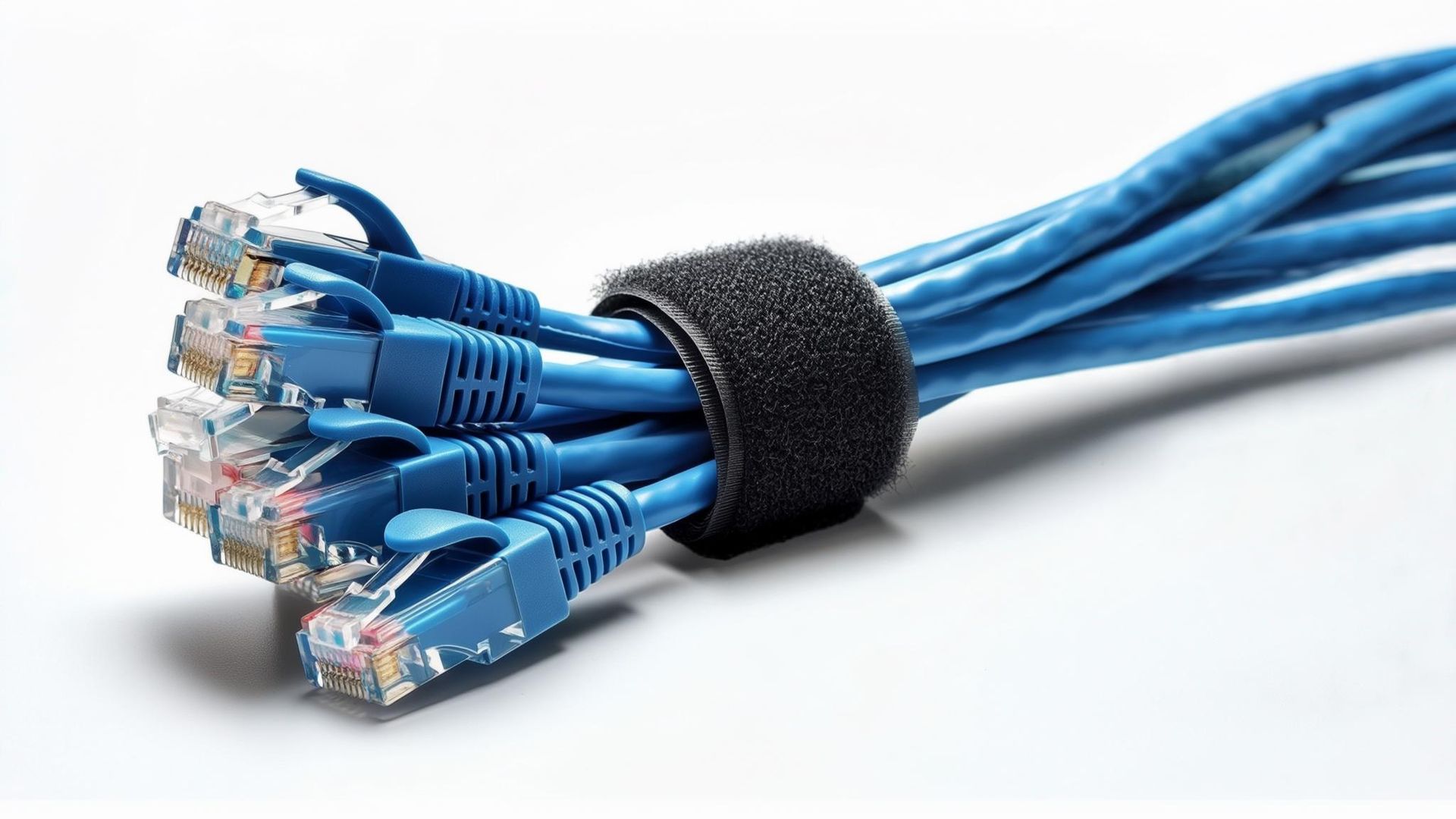
Final Thoughts
Zip ties may seem harmless, but when it comes to communication cables, they can cause hidden damage and long-term headaches. At HB Tech Solutions Inc., we follow industry best practices so your cabling is safe, efficient, and built to last.
👉 Need professional cabling done right the first time? Contact us today for structured cabling, CCTV, alarm, and access control installations across the GTA.
